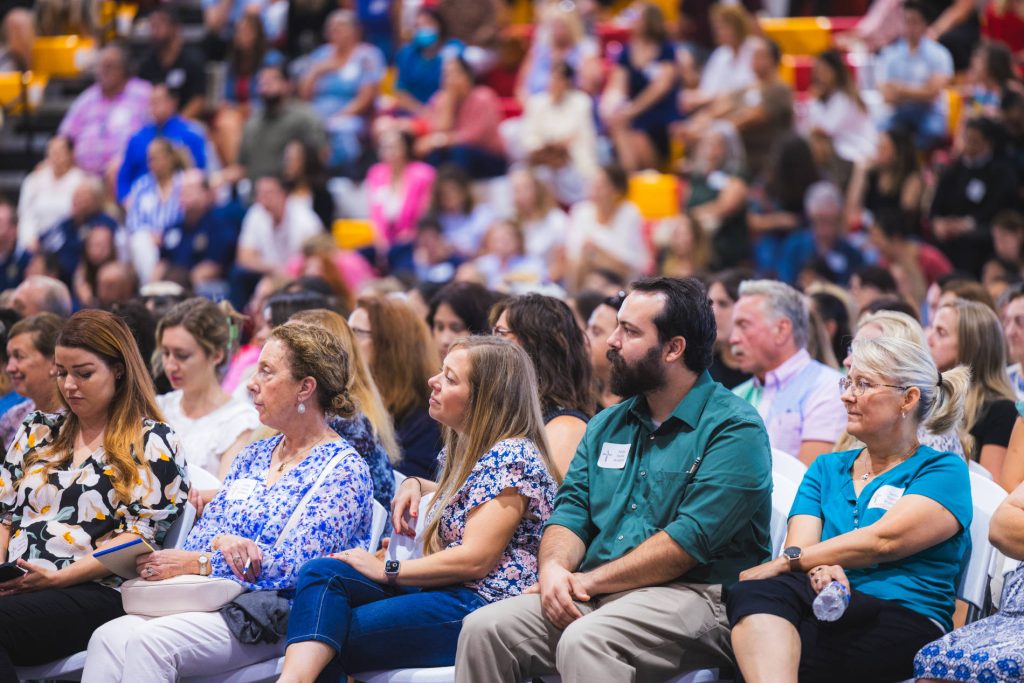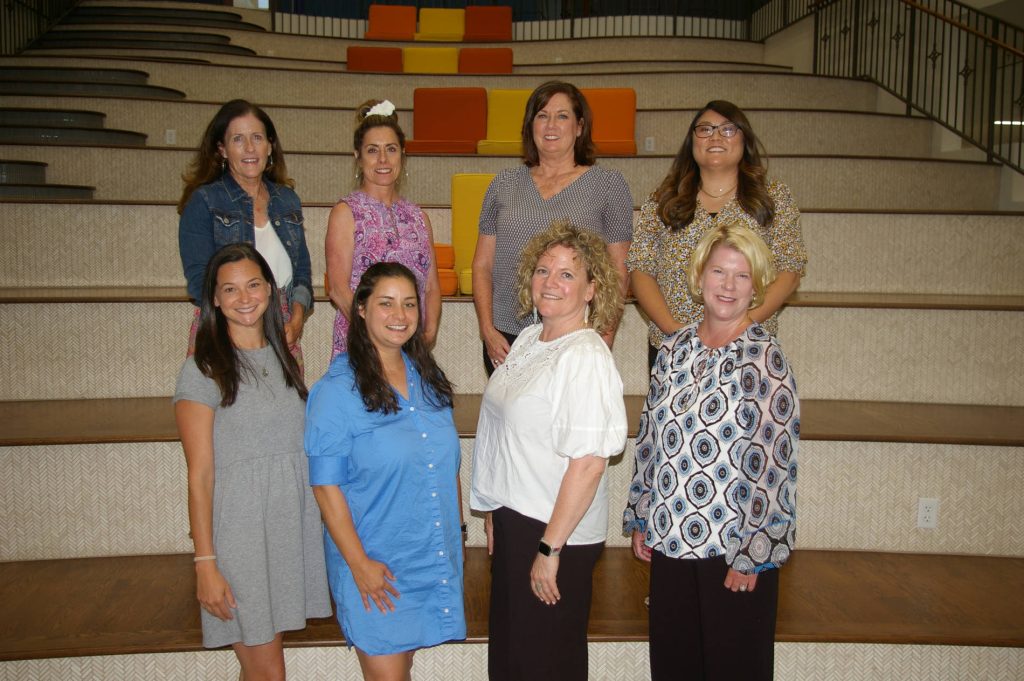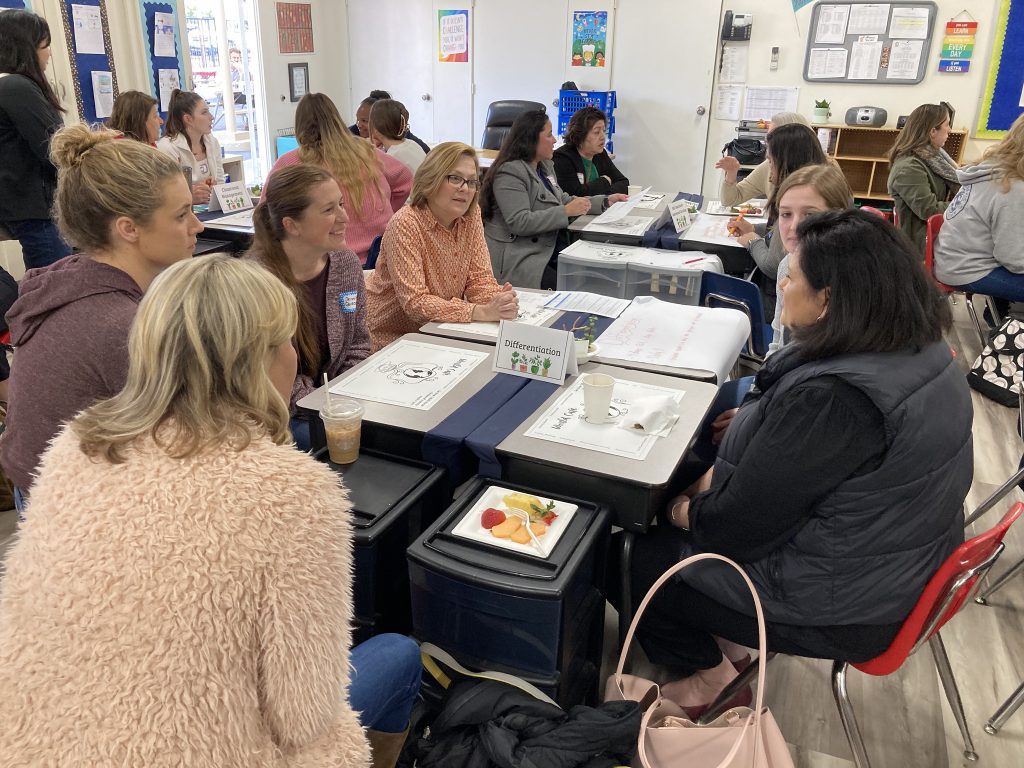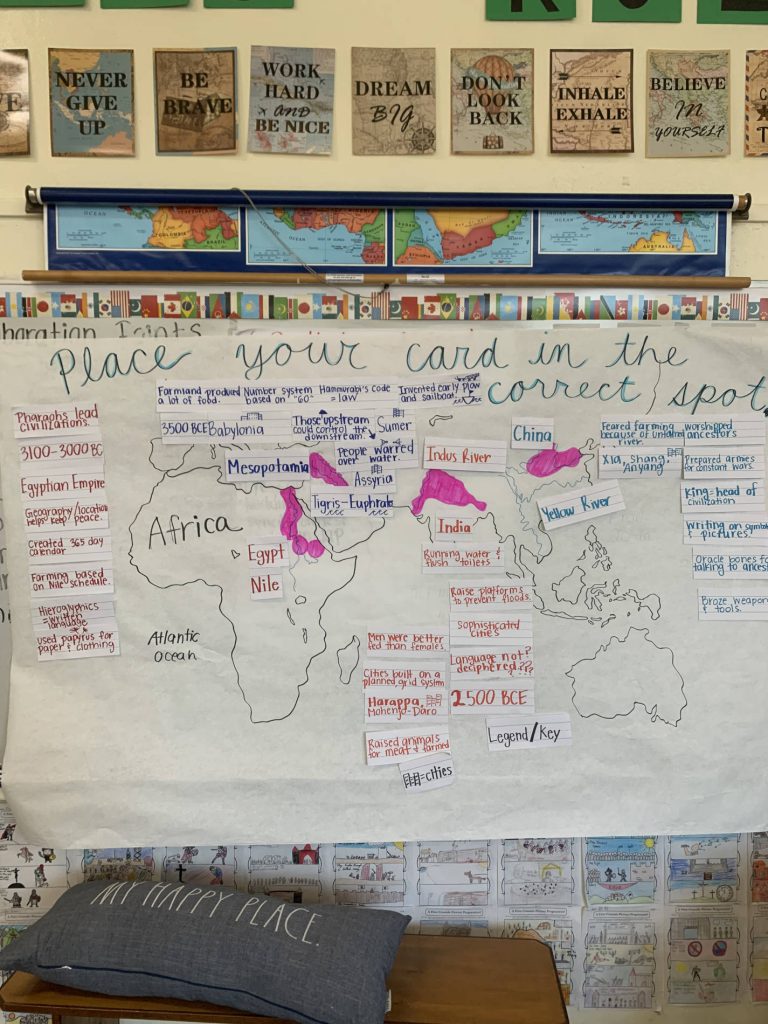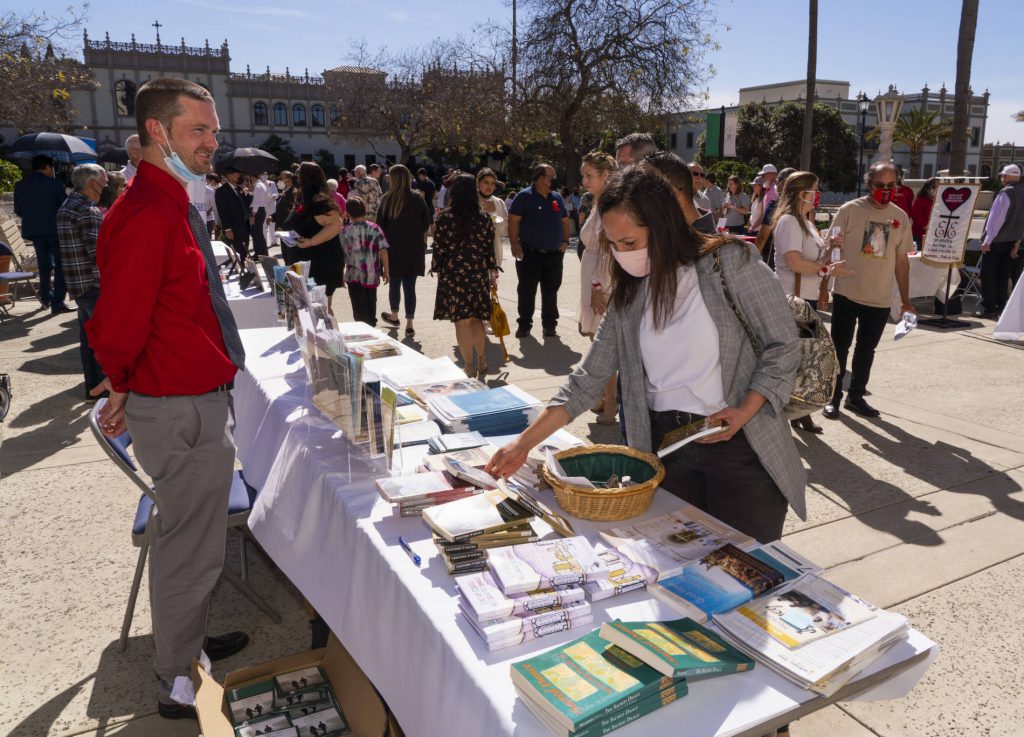SAN DIEGO — The almost 13,700 students in Catholic elementary and secondary schools in San Diego County were permitted to resume in-person instruction starting on Sept. 1.
That was welcome news to students and their families who had scrambled to adapt to distance learning since March 13, when the governor ordered all schools in the state closed to slow the spread of the coronavirus. As soon as San Diego Catholic schools successfully launched distance learning two days later, administrators began to plan how they could re-open their campuses safely in the COVID-19 era.
“We have been working on a plan to welcome our students back from Day One of the shutdown,” said John Galvan, the diocese’s director of Schools. “Now, the day has arrived when they can return to their school family.”
Far from being the end of the schools’ COVID-19 journey, it’s an important milestone that is likely to bring ups and downs until a vaccine and effective treatment control the spread of the virus.
Some elementary schools had begun the school year using distance learning even as they applied to the county’s Health and Human Services Agency for a waiver to be able to return to in-person instruction. The county began to review the waivers, then suspended the process on Aug. 24, announcing that it expected a key metric to be reached by Sept. 1, allowing all TK-12th grade schools to be able to re-open for in-person instruction if their leadership chose to do so. The metric was the county’s rate of positive cases falling below 100 per 100,000 population for 14 days straight after coming off the State’s Monitoring List on Aug. 18.
Galvan said each school would decide the course of action that made sense for its community of families. He said many planned for their students to return to the classroom in stages, with kindergarteners and first- and second-graders going first. That would allow discrete groups of students, parents and staff to get used to the new safety measures implemented at each campus and for staff to make adjustments before the next group arrived.
Catholic school staffs dedicated their summer months to developing a detailed plan to meet federal, state and county health guidance to safely reopen school. At the same time, they fine-tuned the distance-learning practices they introduced in March.
Catholic schools will offer instruction in both forms, meeting similar standards and benchmarks, said Galvan. He explained that schools would offer distance learning for those parents who do not feel comfortable sending their children back to class at this time.
“We need to meet families where they are at, to the best of our ability and to the best of our resources,” he said.
At the same time, distance learning would be available to any student who had to be out for as long as two weeks if they were exhibiting symptoms, contracted the virus, or were part of a cohort that needed to be quarantined, among other reasons.
Physical Distancing and Hygiene
The Schools Office worked closely with the county’s health authorities to develop a reopening plan that met an exhaustive list of federal, state and county recommended measures to slow or prevent the spread of the virus.
Returning students are encountering a far different environment and procedures than when schools shut down in the spring. The following are some of those measures that schools are implementing:
* All students will have their temperature checked daily as soon as they exit their vehicle and will be screened for symptoms. If a student answers “yes” to any symptom or has a fever of 100.0 F or higher, they will have to return to their vehicle and leave.
* All staff will have their temperature checked before starting to work daily.
* Students will be physically distant in the classrooms; their desks placed six feet apart, wherever feasible.
* All students and all employees must wear face coverings at all times, other than when eating. Individuals who refuse to wear a face covering and who are not exempt will not be permitted to remain on campus and will be given the option of distance learning.
* Small group instruction should be held outside, as is feasible, observing physical distancing.
* Lunch should be held outdoors as much as possible, with tables marked to physically distance students.
* All playground structures and equipment will be disinfected after each use.
* Students will be assigned to a grade-level cohort and will remain in the cohort throughout the day (in classrooms, recess and lunch times, pick-up and drop-off times, etc.).
* Employees are required to disinfect their workspace several times during the day, particularly commonly touched areas.
* Passing periods and break times will be staggered to avoid congestion.
* Drinking fountains have been disabled. Students must bring their own water bottles.
Special Connection
The Schools’ director noted that schools have had to make an investment in staff time and money to prepare to receive students safely. The expenditures include buying masks, outdoor sanitation stations and updating HVAC systems, among many others.
Keeping students physically safe is a priority, said Mark Sperrazzo, the principal of St. Therese Academy in the Del Cerro neighborhood of San Diego. But so is meeting their social-emotional needs.
The students have experienced an unprecedented disruption in their lives and it’s important for them to return to their school family and familiar routines, he said.
“Even wearing masks, we know they are happy to be back,” he said on Aug. 24, the first day of Noah’s Ark Camp at the school. The camp was initially designed for each class to meet their teacher and their classmates before distance learning was to begin. Instead, the camp served as a fun warm-up to the start of in-person classes the following week.





